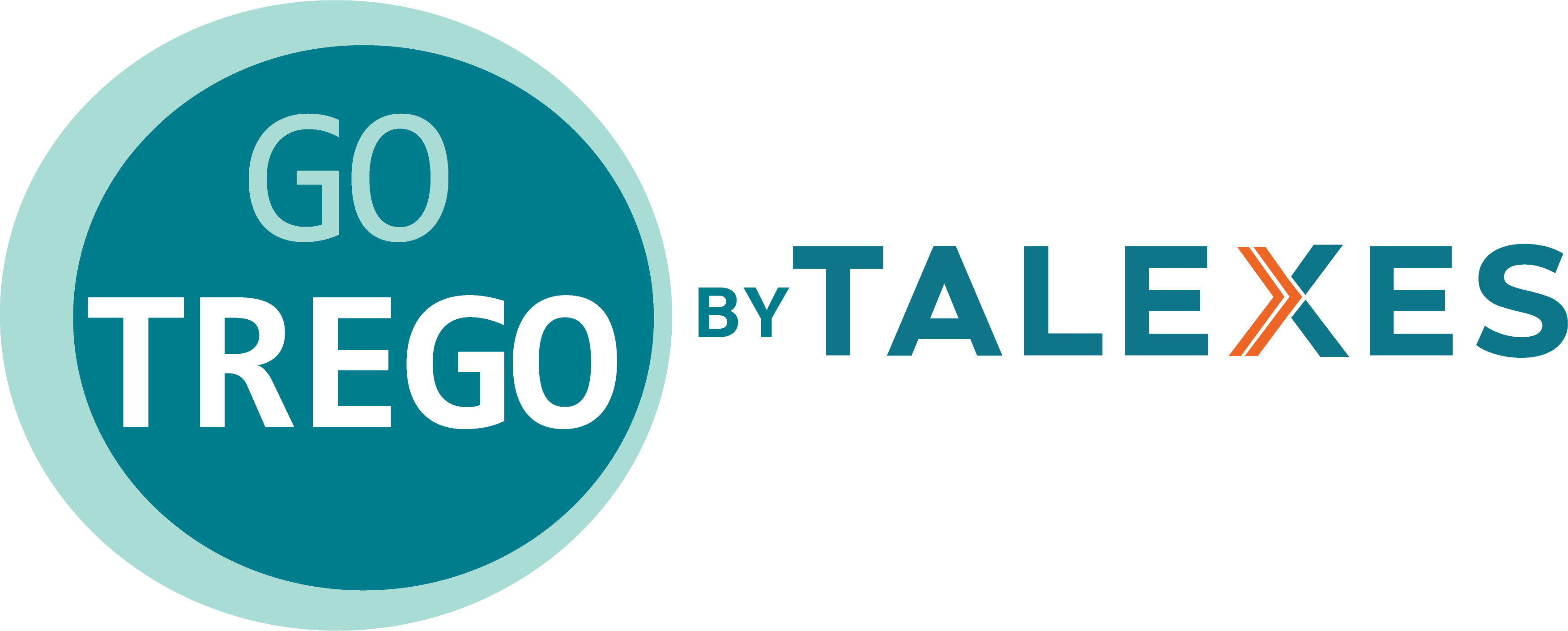In the ever-evolving auto industry—where innovation, efficiency, and customer satisfaction fuel profitability—people remain the engine behind every success. From the manufacturing floor to the showroom, top-performing dealerships and OEMs know that building a strong workforce isn’t about chasing tools—it’s about embracing a philosophy.
Talent optimization is more than deploying assessments or automating hiring processes. It’s a leadership mindset that aligns your people strategy with your business strategy, using data to empower growth—not replace intuition. In a competitive, high-turnover industry like automotive, treating talent as a strategic asset is what separates thriving operations from those constantly playing catch-up.
Here’s how auto leaders can shift from transactional hiring and training toward a fully integrated approach to talent—powered by continuous employee development and strategic use of assessments.
- Start with Business Goals, Not Just Hiring Tools
Before running assessments or launching training programs, ask: What does success look like for our dealership, service center, or production line? In the auto industry, this could mean faster turnaround times, higher customer satisfaction scores, or EV-readiness across technical teams. Talent optimization starts with defining those outcomes and aligning every role to them.
- Build Teams, Not Just Roles
Success in auto retail or manufacturing hinges on cross-functional teamwork—techs collaborating with advisors, engineers aligning with logistics, or F&I working closely with sales. Optimizing talent means going beyond résumés to ensure the assessments you use reveal how individuals will contribute to—and thrive within—your existing team dynamics.
- Performance Follows People-Centered Development
High-volume sales months or tight production deadlines can tempt auto leaders to focus solely on KPIs. But real performance gains come when you invest in employee development. Ongoing coaching, role-based training, and development plans informed by assessment data help technicians, sales staff, and line workers evolve with the demands of the business.
- Data Should Fuel Human Insight
Behavioral and cognitive assessments are invaluable in the hiring and development process—but they don’t replace the human element. The most effective service managers and GMs use these insights to have better conversations with team members, understanding their motivators and challenges in ways that build loyalty and trust.
- Culture Drives Retention—Make It Intentional
Every dealership or plant has a culture. The question is: Is it helping you retain top talent? Assessments that evaluate not just job fit but cultural fit help ensure new hires align with the values and pace of your operation. This alignment leads to faster onboarding, lower turnover, and better customer experiences.
- Development Should Never Be a One-Off
In the auto industry, change is constant—from new compliance regulations to emerging EV technologies. That’s why talent optimization means more than onboarding. It includes an evolving strategy for employee development, using data from performance assessments to guide ongoing learning and succession planning.
- Hiring Is Strategic, Not Just Reactive
Filling an open tech or parts role may feel urgent, but a true optimization philosophy avoids short-term fixes. Instead, use workforce planning to align your hiring strategy with your business roadmap—whether that’s expanding service capacity or launching a new sales initiative. Assessment data helps you project fit and long-term growth potential, not just skills.
- Managers Need Development Too
Your service managers, floor leads, and GMs are the frontline of culture and performance. But many are promoted based on tenure, not leadership readiness. Use assessments to equip your managers with insights into their communication style, decision-making habits, and coaching strengths—so they can inspire and grow their teams more effectively.
- Talent Optimization Is a Whole-System Strategy
Most HR programs fix isolated issues: too much turnover, weak CSI scores, or poor training results. But those are symptoms. In the auto industry, true talent optimization connects hiring, onboarding, employee development, leadership, and retention into one cohesive system. It’s about seeing the whole engine, not just the misfiring part.
Conclusion: More Than a Toolset—A Business Mindset
In auto retail and manufacturing, success hinges on how well you align your people with your process. Talent optimization isn’t about the flashiest platform or the latest buzzword—it’s about investing in people as your strongest competitive edge. It’s a belief that when the right individuals are in the right roles—with the right support—everything from revenue to retention improves.
By using strategic assessments to guide your hiring, coaching, and development, and by viewing employee development as an ongoing investment, you build a workforce that’s agile, motivated, and aligned with your business vision.
In the end, optimizing talent in the auto industry isn’t something you do once—it’s how you lead every day. And when you build around your people, performance always follows.





